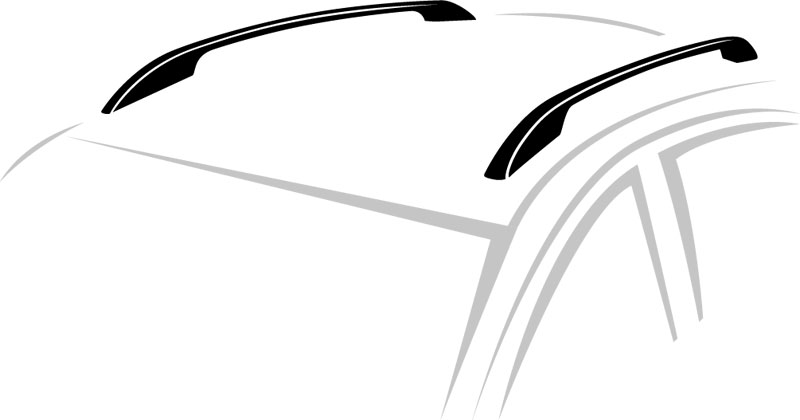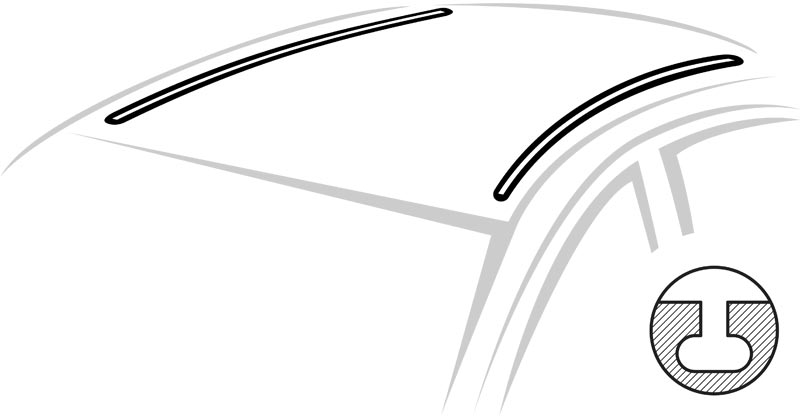Car roof bars are an essential accessory for those who love traveling by car. Every adventure
often involves numerous luggage items that can compromise the available space inside the car.
Roof bars become crucial to avoid having to give up carrying
everything you need. To ensure you make the most suitable choice for your needs, here's a guide on what
you should consider before making the purchase.




Before proceeding with the purchase, take the time to evaluate your specific needs, vehicle compatibility, and the quality of the material that best suits your needs. For more information, consult the FAQ and do not hesitate to a contact us, we will be happy to answer your questions!